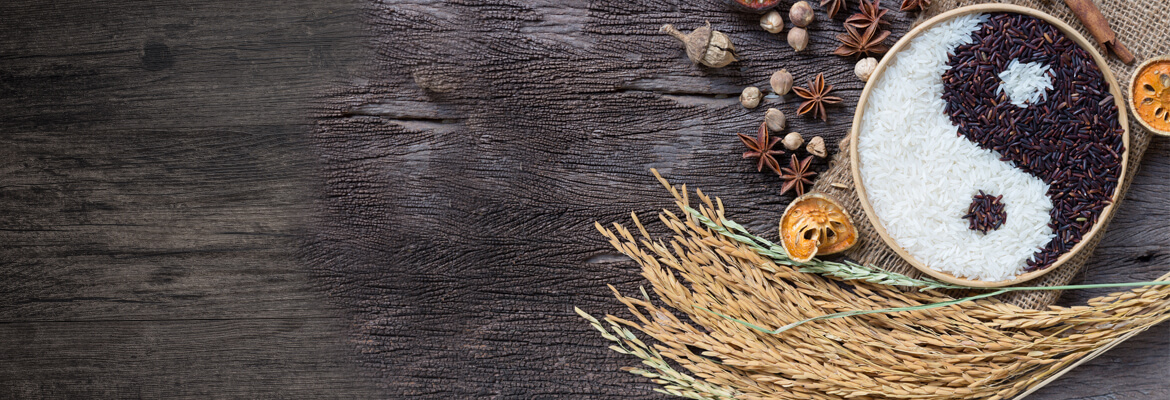22
2022
GLUTEN-FREE WHAT YOU NEED TO KNOW

Going gluten-free what you need to know
Being gluten-free is one of the top-most health trends today. While there is a flurry of gluten-free products in the market, books like ‘Wheat Belly’ have set the tone for most people to be carb-phobic. I ask myself this question, do we all indeed need to be gluten-free, if we don’t have celiac disease (gluten allergy)? Most Indians (with all due respect) wanting to be a part of the so call health-herd mentality, end up giving their lovely chapattis (a staple for Indians for centuries), and then start gorging anything and everything which says gluten-free. Its become fashionable to be gluten-free.
In the Indian scenario when I look at all my clients, about 30 per cent are trying to avoid gluten. I have to tell them if you feel avoiding gluten, is going to make you feel any healthier, then you need to reverse that thought process, as this is not generally the case.
Consider this for a while: a multi-grain bread manufacturer screams on the label that his bread is gluten-free, but has used tapioca starch, white rice flour, more sodium to make its bread – in my opinion, this bread would have much less fiber and digest more slowly (if at all) than whole wheat bread. Not to mention the cost of gluten-free bread would be 30 per cent higher than the whole wheat bread. A.C. Nielsen the market research company points to gluten-free sales doubling in the last 4 years.
India and the gluten-free craze
Why is it that a nation that has grown up eating whole wheat chapattis is suddenly following a fad? This is a question we must all ask ourselves. My recommendation is that if you feel you are intolerant to gluten, which is typically indicative of indigestion, bloated-ness, heartburn, heaviness, acid reflux – and then work slowly by first eliminating gluten from your diet to see if symptoms disappear. If not, then please don’t. While there are studies that point to gluten sticking to the stomach lining. But, we Indians are predisposed genetically to eat whole wheat, and that in itself saves us from the gluten-free madness.
Indians have been eating gluten for ages and had quite a resilient system to this protein. Our whole wheat chapattis are a staple and mainstream in Indian diets. Yet the world cautions against gluten, should we as Indians just get our facts straight? However, Indians have been eating it for aeons, then why are all Indians going wheat-free? Primarily it’s the weight loss industry that has pushed us over the edge, first with its influx of the foreign grain quinoa (now we Indians are making it, but it sells at the same price as the foreign grain) and second, with making a big deal about how gluten leads to weight gain.
Why did gluten get a bad name?
When you look at the history of gluten 2 things changed how wheat was in a sense mutate over time.
- In the 1870s the steel roller mill was invented which revolutionized grain milling, separating each part of the wheat kernel, mainly for the extraction of a finer white flour for commercial use.
- In the 1950s and 1960s a ‘Green revolution’ started wherein in the quest to increase yield the actual wheat seed started being changed for hybrid varieties. It was done to end hunger but had far-reaching consequences and the wheat kernel started looking different.
What is gluten?
Gluten is a protein made up of gliadin and glutenin found in many grains like maida, semolina (rava), barley (jov, which has a gluten analogue). The word itself is a Latin word meaning “glue” that binds. It is used as a binding agent in many products, not just patisserie. If you suffer from gluten intolerance, this could range from mild intolerance to celiac disease an autoimmune disorder, where people are predisposed to not digesting gluten at all. Just 20 milligrams can raise havoc in your system. Please remember nothing adds to fat in the human body if you are assimilating it well.
According to me, celiac disease is more a white man’s disease, as the consumption of white refined flour is higher in the West than in India. Therefore most studies (for lack of anything better to pin it on) put it down to hereditary factors. The hybridization of the whole wheat grain has produced issues with its digestion all over the world. It is estimated that 5% of the proteins found in a hybridized grain are new and difficult to digest.
How to find out if you are gluten intolerant
The best way to find out if you are gluten intolerant is to take it out of your diet for 30 days; then re-introduce it and look for significant changes in the in-between phase. Signs would include:
- Bloating
- Acid reflux
- Feeling full – a wheat belly
- Too much lethargy
- Mental fogginess
- Loose bowel movements or constipation
- Imbalance in blood sugar levels (indicated by intense cravings, or weight gain)
- Fatigue
- Inflammation (prolonged consumption)
- Anxiety or tendency to be depressed
- Stomach pain
How to choose your wheat, for those who would like to eat it?
- Look for stone-ground wheat
- Know your farm, from where you get the whole wheat grain
- Try sticking to organic whole wheat
Conclusion
You can always work with including a wide variety of whole grains in your diet, and whole wheat can be one of them. These include brown rice, red rice, black rice, barley, millets (all), buckwheat (kuttu) and whole oats.
Note: quinoa and amaranth are pseudo-grains and not whole grains, they come from the family of grasses
